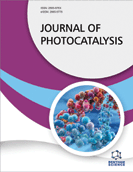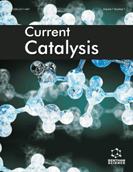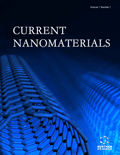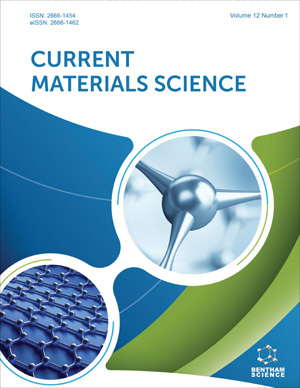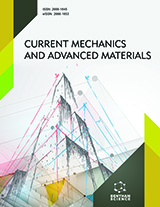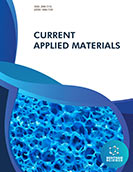Abstract
Within the current production systems, the need for low environmental impact processes to produce chemicals, the treatment of aqueous effluents and the production of fuels is becoming an increasingly urgent challenge. In this context, photoelectrocatalysis (PEC), which couples the electrochemical method (EC) with photocatalysis (PC), can be considered a valid alternative to traditional catalytic processes. It increases the photocatalytic and the electrochemical efficiency by improving the separation of the photoproduced electrons and holes on the active electrode surface and addressing the partial oxidation products formation by selecting the applied potential values. This review is concerned with the possibility of forming PEC high-added-value chemicals, sometimes with the contemporary production of hydrogen, by using different materials for the fabrication of photoanodes and photocathodes in different solvents and system configuration, obtaining very interesting values of conversion, selectivity, and Faradaic efficiencies. In particular, the review presents results related to the production of valuable compounds by the valorisation of alcohols, biomass derivatives and some peculiar organic substrates, highlighting the influence of electrode composition, applied bias, electrolyte type, and solvent.
Keywords: Photoelectrocalysis, green syntheses, selective reactions, high added-value compounds, photoanodes, photocathodes.
Graphical Abstract
Journal of Photocatalysis
Title:Boosting High Added-Value Chemicals Formation By Means Of Photoelectrocatalysis
Volume: 3
Author(s): Marianna Bellardita*, Leonardo Palmisano and Vittorio Loddo
Affiliation:
- "Schiavello-Grillone" Photocatalysis Group, Dipartimento di Ingegneria, Università degli Studi di Palermo, Viale delle Scienze Ed. 6, 90128 Palermo, Italy
Keywords: Photoelectrocalysis, green syntheses, selective reactions, high added-value compounds, photoanodes, photocathodes.
Abstract: Within the current production systems, the need for low environmental impact processes to produce chemicals, the treatment of aqueous effluents and the production of fuels is becoming an increasingly urgent challenge. In this context, photoelectrocatalysis (PEC), which couples the electrochemical method (EC) with photocatalysis (PC), can be considered a valid alternative to traditional catalytic processes. It increases the photocatalytic and the electrochemical efficiency by improving the separation of the photoproduced electrons and holes on the active electrode surface and addressing the partial oxidation products formation by selecting the applied potential values. This review is concerned with the possibility of forming PEC high-added-value chemicals, sometimes with the contemporary production of hydrogen, by using different materials for the fabrication of photoanodes and photocathodes in different solvents and system configuration, obtaining very interesting values of conversion, selectivity, and Faradaic efficiencies. In particular, the review presents results related to the production of valuable compounds by the valorisation of alcohols, biomass derivatives and some peculiar organic substrates, highlighting the influence of electrode composition, applied bias, electrolyte type, and solvent.
Export Options
About this article
Cite this article as:
Bellardita Marianna*, Palmisano Leonardo and Loddo Vittorio, Boosting High Added-Value Chemicals Formation By Means Of Photoelectrocatalysis, Journal of Photocatalysis 2022; 3 (1) : e130522204774 . https://dx.doi.org/10.2174/2665976X03666220513153344
| DOI https://dx.doi.org/10.2174/2665976X03666220513153344 |
Print ISSN 2665-976X |
| Publisher Name Bentham Science Publisher |
Online ISSN 2665-9778 |
 3
3
- Author Guidelines
- Bentham Author Support Services (BASS)
- Graphical Abstracts
- Fabricating and Stating False Information
- Research Misconduct
- Post Publication Discussions and Corrections
- Publishing Ethics and Rectitude
- Increase Visibility of Your Article
- Archiving Policies
- Peer Review Workflow
- Order Your Article Before Print
- Promote Your Article
- Manuscript Transfer Facility
- Editorial Policies
- Allegations from Whistleblowers
- Announcements


